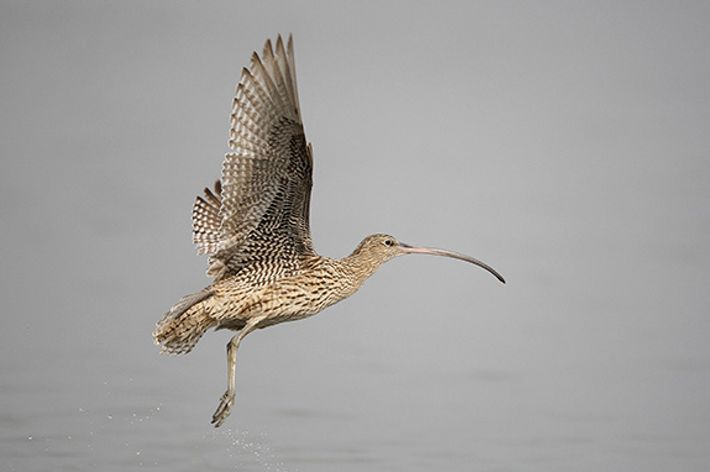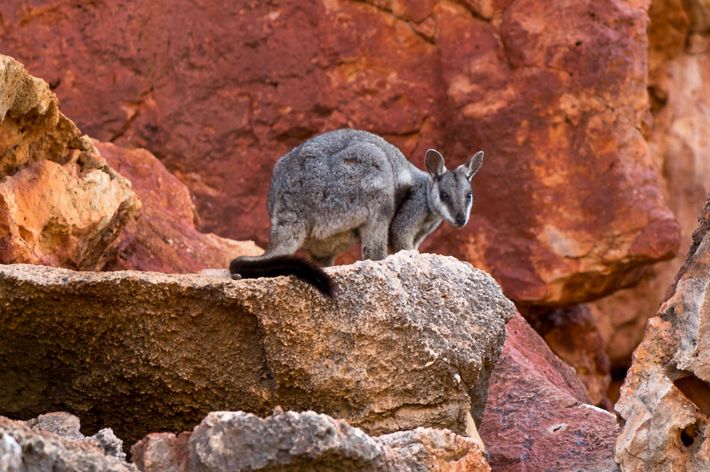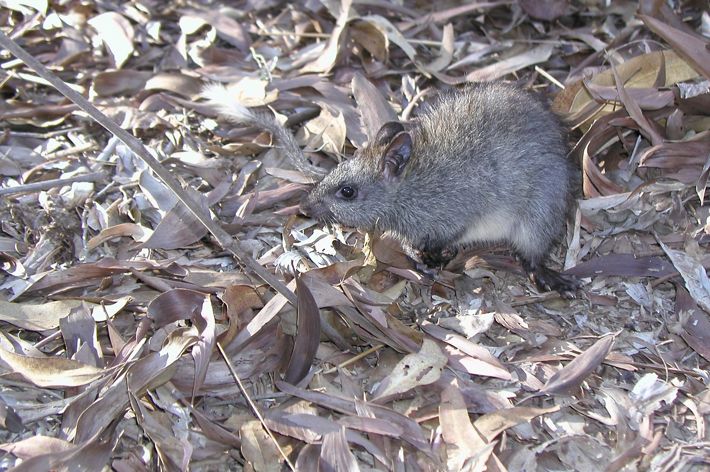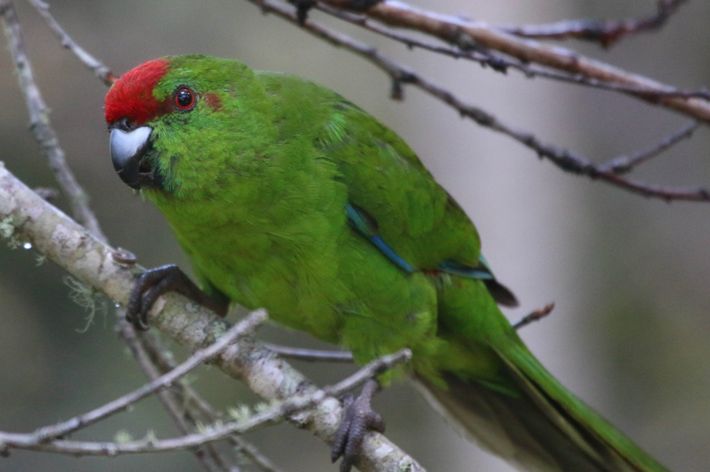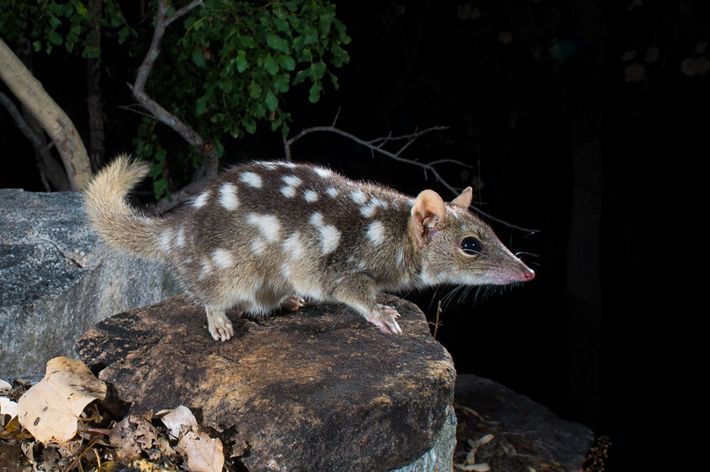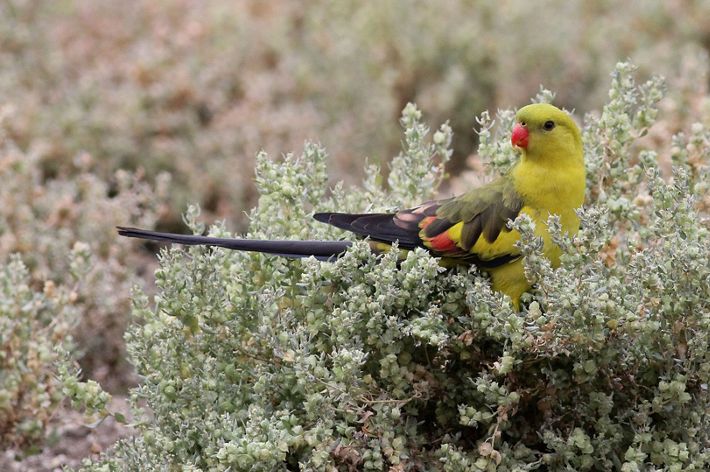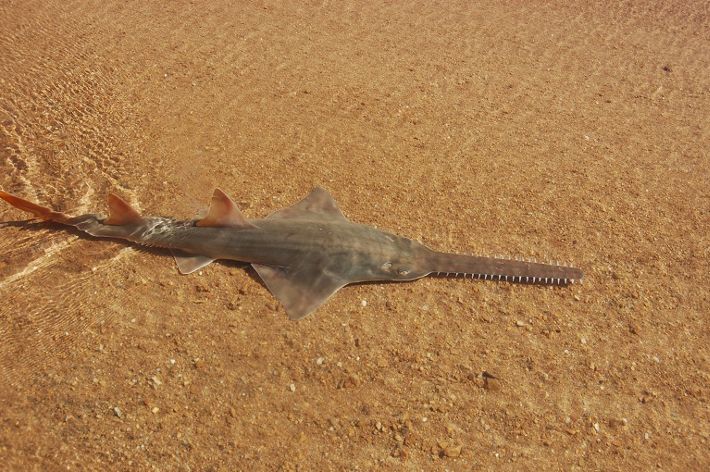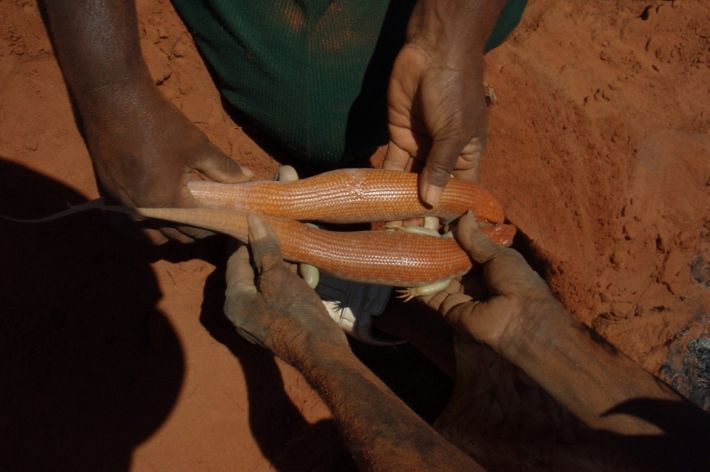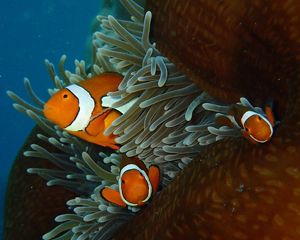
Australia’s Endangered Animals
Endangered and other threatened species
Preventing further Australian animal extinctions
Australia has a unenviable record for animal extinctions. Since European settlement we’ve lost national treasures like the Paradise Parrot, Desert Bandicoot, Toolache Wallaby and, perhaps most tragically of all, the Thylacine. Such is the seriousness with which Australians view the Thylacine’s extinction that we commemorate the death of the last known Thylacine (at Hobart Zoo, 7 September 1936), with National Threatened Species Day each September 7.
The reasons for Australia’s terrible track record, especially with mammal extinctions, are many and complex including loss and fragmentation of habitat, the introduction of feral species (particularly rabbits, cats and foxes), and changes to traditional fire patterns.
At The Nature Conservancy Australia we’re getting things done to prevent the further decline of our unique and spectacular wildlife.
Here’s some examples of threatened species our work is supporting in the wild for a more promising future:
Eastern Curlew
Status: Endangered
Numenius madagascariensis – The largest of all the world’s shorebirds, the Eastern Curlew’s impressive bill is used to probe mud and dig up crabs which is their main food source in Australia. Sadly, they’re endangered and have declined by more than 80% in the past 50 years. They can be spotted in coastal regions of north-eastern and southern Australia. They can also be found at the Adelaide International Bird Sanctuary where they fatten up during non-breeding season between September and March, before heading back up to the northern hemisphere to breed.
Black-flanked Rock-wallaby
Status: Vulnerable
Petrogale lateralis – Known in the Western Desert as Warru, these vulnerable marsupials are making a comeback in various parts of Western Australia where introduced predators like cats and foxes can be effectively controlled or excluded. Read more about our work with Martu people to conserve the Warru.
Black-footed Tree-rat
Status: Vulnerable
Mesembriomys gouldii – Recent research has shown that this large native rodent is doing very well at Fish River Station even though it has declined elsewhere. It can weigh almost a kilogram and stands up to 31 cm tall. It is known to Aboriginal people as the Djintamoonga or Manbul.
Norfolk Island Green Parrot
Status: Endangered
Cyanoramphus cookii – At high risk of extinction due to shooting by early settlers, egg and chick predation by introduced rats and cats, and a shortage of safe nesting hollows, we’re proud to have played a part in its recovery by supporting some of the important baseline science that demonstrated the perilous status of the species and recommending management actions that could be quickly acted upon to give it the best chance of recovery.
Northern Quoll
Status: Endangered
Dasyurus hallucatus – These spotted marsupial predators of the north are threatened by the continued spread of the introduced and toxic Cane Toad. Highly adaptable, they are finding refuge on some offshore, toad-free islands and thriving on Fish River Station. They will also benefit from better land management practices in the Kimberley.
Eastern Regent Parrot
Status: Vulnerable
Polytelis anthopeplus monarchoides – This beautiful parrot relies on two habitat types for its survival – nesting habitat in mature River Red Gums close to water and feeding habitat in nearby mallee country. Restrictions in the free flow of water in the Murray River and land clearing have negatively affected both of these habitats threatening their survival. Read more about our water balancing project in the southern Murray-Darling Basin helping to restore the health of Eastern Regent Parrot habitat.
Freshwater sawfish
Status: Vulnerable
Pristis sp. – The mighty Fitzroy River in Western Australia’s Kimberley region is home to three species of sawfish – all listed as Vulnerable (Largetooth Sawfish, Dwarf Sawfish and Green Sawfish) – and collectively known as Biyal-biyal by the Nyikina and Mangala people. Our work with these Traditional Owners to create the Walalakoo Healthy Country Plan is helping to safeguard the habitat and flows of the Fitzroy River for these extraordinary fish.
Great Desert Skink
Status: Vulnerable
Liopholis kintorei – Highly significant to Martu people of the Western Desert, this lizard is known to them as Mulyamiji. They construct large burrow complexes in the desert sand up to 13 metres in diameter. With as many as twenty entrances, the complex may take up to two summers to complete. Each burrow complex is shared by a family group of up to four generations.
Greater Bilby
Status: Vulnerable
Macrotis lagotis – Often simply called the bilby since the extinction of the Lesser Bilby in the middle of last century, Mankarr (as they are known throughout the Western Desert) are an icon of the sandy deserts of the Outback. Like most desert dwellers they are nocturnal, spending their days in burrows deep underground to avoid the heat. You can find out more about our work with bilbies here.
Protecting Australia’s threatened species
Our planet is currently experiencing the worst wave of species die-offs since the loss of the dinosaurs 65 million years ago. And here in Australia, with 86 of our native flora and fauna species now critically endangered, we run a real risk of losing some of our most iconic species forever.
Habitat destruction, introduced species and urban development threaten the survival of our native species. With the decline of Australia’s native wildlife, our ecosystem hangs in the balance. Once they’re gone, they’re gone.
Get email updates to learn about how we're protecting Australia'a precious natural treasures.
Want to know more?
Get email updates to find out how we're helping to conserve Australia's iconic natural landscapes and crucial wildlife habitats.
